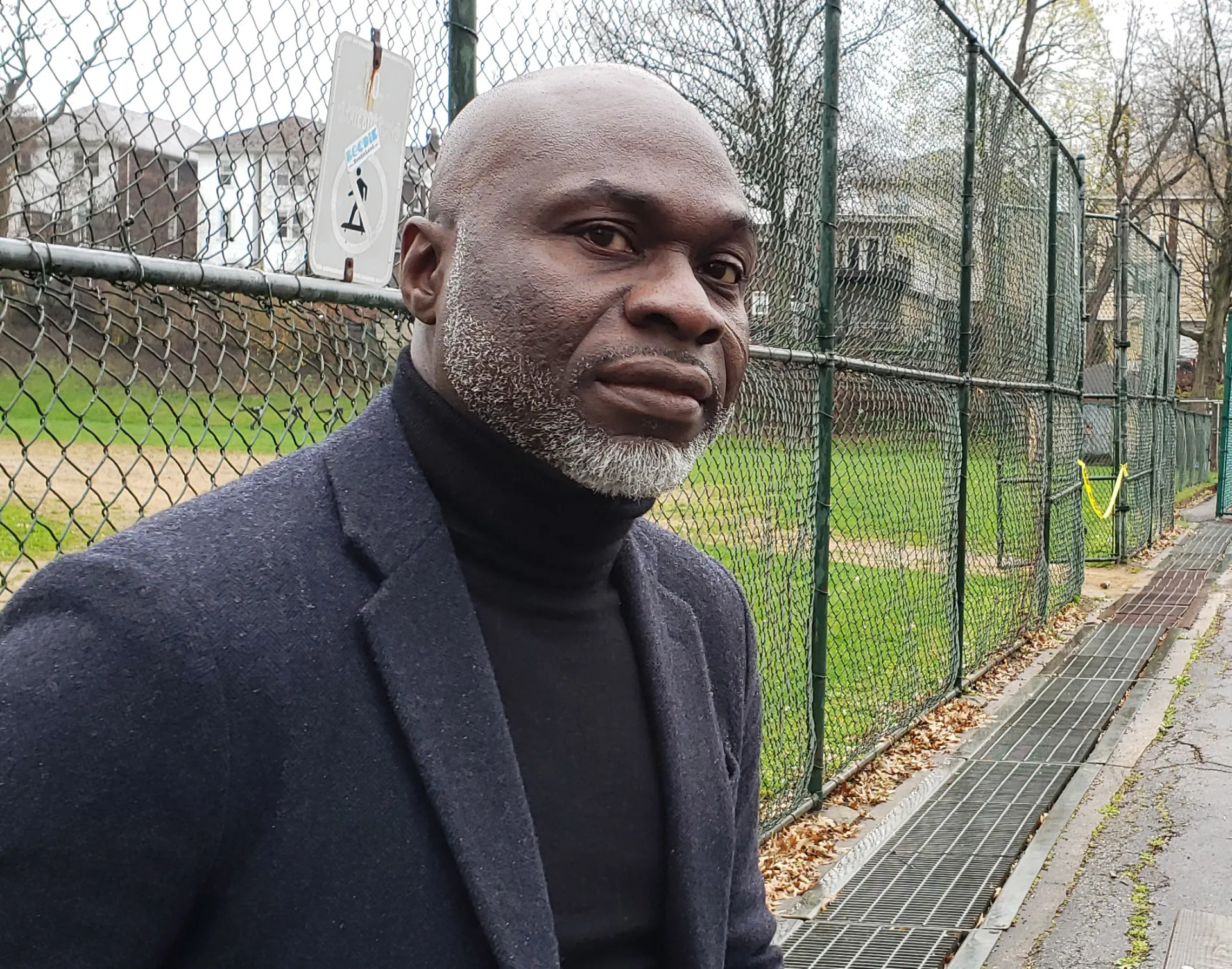Since June, there have been worldwide antiracist demonstrations provoked by the murder of George Floyd. Rarely has the killing of an African American caused so much global uproar, triggering debates about structural racism not only in the United States but also worldwide.
In this moment where the images of extreme racist violence are pushed into the public eye, many individuals and institutions have pledged, often with big gestures, to the cause of Black Lives Matter. They want to be on the right side of history. Quick measures are being proposed everywhere. While this is all important and praiseworthy, it is critical to remember that structural racism is a sedimentation of long and evolving histories of white supremacy. Understanding and dismantling that requires a long-term approach lasting beyond the hype of the moment.
I began to think more about the question of short-term interest and long-term investment during the filming of my documentary America Street in 2015. Set in Charleston, the film examined the struggles of a historically Black community against ongoing social segregation in this charming tourist city. During production of the film, two significant events occurred. That April, Walter Scott, an unarmed African American man, was killed by a police officer. His killing was filmed. Just two months later, Dylann Roof, a white supremacist, killed nine Black people in a church.
